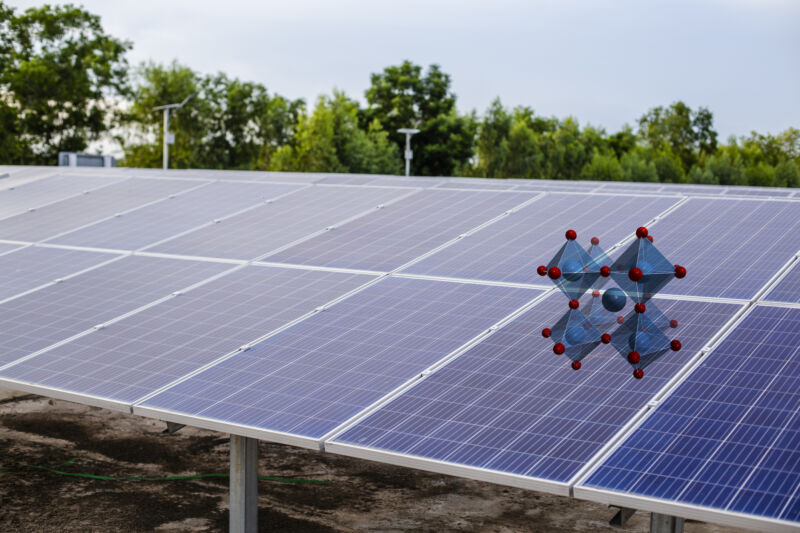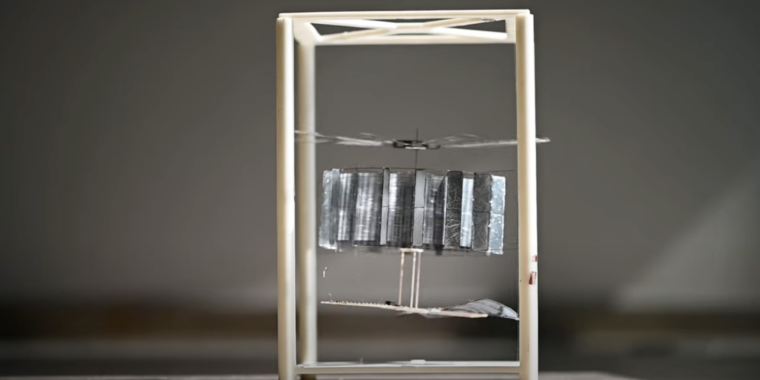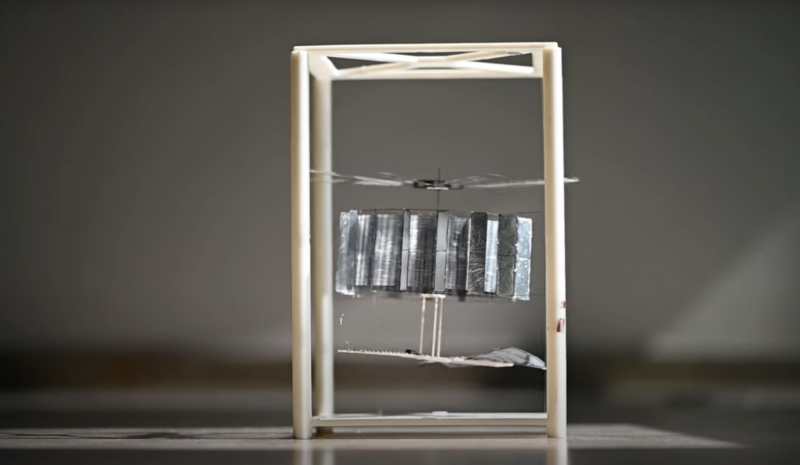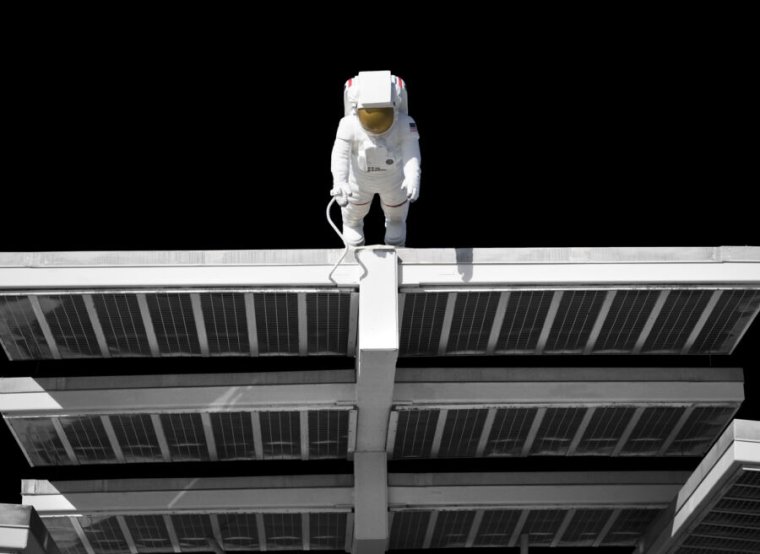This aerogel and some sun could make saltwater drinkable
Earth is about 71 percent water. An overwhelming 97 percent of that water is found in the oceans, leaving us with only 3 percent in the form of freshwater—and much of that is frozen in the form of glaciers. That leaves just 0.3 percent of that freshwater on the surface in lakes, swamps, springs, and our main sources of drinking water, rivers and streams.
Despite our planet’s famously blue appearance from space, thirsty aliens would be disappointed. Drinkable water is actually pretty scarce.
As if that doesn’t already sound unsettling, what little water we have is also threatened by climate change, urbanization, pollution, and a global population that continues to expand. Over 2 billion people live in regions where their only source of drinking water is contaminated. Pathogenic microbes in the water can cause cholera, diarrhea, dysentery, polio, and typhoid, which could be fatal in areas without access to vaccines or medical treatment.
Desalination of seawater is a possible solution, and one approach involves porous materials absorbing water that evaporates when heated by solar energy. The problem with most existing solar-powered evaporators is that they are difficult to scale up for larger populations. Performance decreases with size, because less water vapor can escape from materials with tiny pores and thick boundaries—but there is a way to overcome this.
Feeling salty
Researcher Xi Shen of the Hong Kong Polytechnic University wanted to figure out a way to improve these types of systems. He and his team have now created an aerogel that is far more efficient at turning over fresh water than previous methods of desalination.
“The key factors determining the evaporation performance of porous evaporators include heat localization, water transport, and vapor transport,” Shen said in a study recently published in ACS Energy Letters. “Significant advancements have been made in the structural design of evaporators to realize highly efficient thermal localization and water transport.”
Solar radiation is the only energy used to evaporate the water, which is why many attempts have been made to develop what are called photothermal materials. When sunlight hits these types of materials, they absorb light and convert it into heat energy, which can be used to speed up evaporation. Photothermal materials can be made of substances including polymers, metals, alloys, ceramics, or cements. Hydrogels have been used to successfully decontaminate and desalinate water before, but they are polymers designed to retain water, which negatively affects efficiency and stability, as opposed to aerogels, which are made of polymers that hold air. This is why Shen and his team decided to create a photothermal aerogel.
This aerogel and some sun could make saltwater drinkable Read More »





